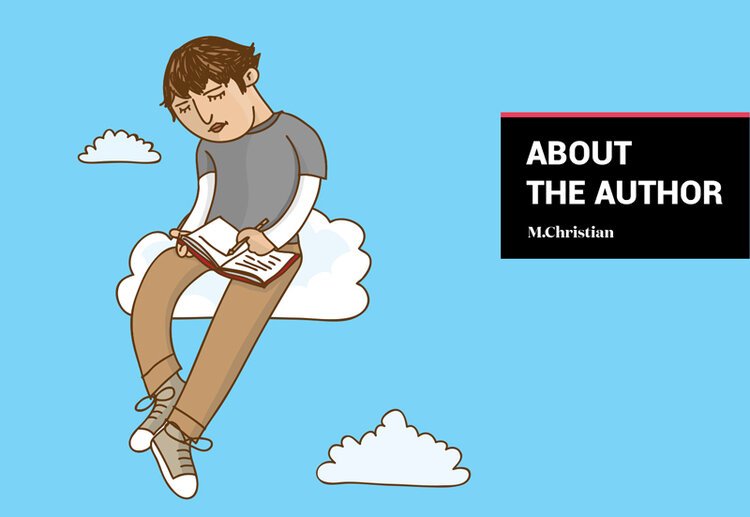Drag in South Africa: The Art of Expression
Say the words “drag queen” in a Western country nowadays, and you’re likely to conjure maximalist TV personalities with trademarked slogans and their own branded merch. But in places like South Africa, the art form is more of an expression of affirmation — and a symbol of solidarity — in a society with less appetite for social or sexual deviance.
The birth of drag there can be traced back to the 1950s when underground moffie pageants (“moffie” was a derogatory term for gay men that has since been reclaimed) emerged in parts of Johannesburg and Cape Town as safe spaces for queer people during apartheid; when homosexual behaviour was still punishable by law. Coverage of the shows by alternative tabloids such as Drum magazine and the Golden City Post reflected the hostile social climate of the day, as the reporting often centred on the repulsiveness of queer men in women’s clothing, and used photographs to portray the underground culture as comical.
Miss Gay Western Cape is the oldest such pageant, started by Walter Dominique Dunn and Neil Openshaur, and would become the most well known. In 1996, after decades underground, the pageant was finally officially recognized, which marked the start of a new booming era of drag queen culture in mainstream South Africa. Two years later, as part of its transition to democracy, the nation became the first in the continent to not only decriminalise same-sex relationships but also ratify LGBT rights and guarantee equal protection in its constitution.
However, as I detail in an earlier piece, these victories have not always translated to the lived experiences of queer people in the country. The high rates at which hate crimes are still perpetuated against LGBT people demonstrate that legislation does not automatically mean social acceptance. The Eastern Cape, in particular, is notable for its hostility, being described as the “most homophobic province” in South Africa as recently as 2017.
Tevin-Mark Tobias is a 26-year-old cis gay man living in Port Elizabeth, which is also experiencing a noticeable increase in the visibility of drag queen culture. Known as Dakota Demure in the drag community, Tobias has long embraced drag as an important tool of expression. As a child, he used it to help him come to terms with his sexual orientation in a community that didn’t understand his being different from the other boys.
“I've always known that my interests [did not] align with those of my peers. I was a kid who absolutely adored shoes and cosmetics,” Tobias recalls. “This might sound cliché, but high heels and cherry red lipstick were everything to me. […] My mom's black Spice Girl heels were my go-to shoes when I wanted to femme out on my cousins or pretend to be an elaborate beauty queen. […] But these instances mainly happened in isolation [because] I knew my parents wanted to minimise or curb the bullying I experienced as a child.”
When he arrived at university as a young adult, Tobias was introduced to the concept of queerness. “I remember going for counseling during my first year at university after being exposed to such a booming queer culture. Coming from a conservative and very formal background, I did not know how to navigate the space. I was tasked to journal my experiences and feelings, but I opted to draw [instead, which] sparked my interest in art and design.”
It was in this environment that Tobias began to experiment with his appearance. “From as early as 2013, I started playing with the idea of gender, but I didn't label what I was doing ‘drag’ because I didn't know what that was at the time. [My play] was mainly for clubbing and themed parties — nothing too serious.”
But soon, Tobias began to use clothing and fashion as a way to unlearn the negative social attitudes he had internalized about his gender and sexuality growing up. He started to employ drag as a form of expression to establish a new normal for himself and for those around him. Which is how, in 2018, Dakota Demure was born.
When reflecting upon the significance of Demure, Tobias explains, “I've learnt how to be a ‘real man’ whilst wearing feminine garb. It sounds weird, but I've been taught countless life lessons during this journey.”
The effect of Demure soon began to reach beyond just himself. “I've started seeing my own drag as a political symbol — as a means to challenge ideas and norms [surrounding] what is acceptable, mainly by voicing my concerns or outrage when justified. I think by doing drag or any other queer art expression we are contributing meaningfully to the fight for equality, visibility, and representation.”
I believe Tobias is right. In countries like South Africa, where individuals still frequently face threats of violence and discrimination because of their gender and/or sexual orientation, drag culture is an important tool, not only for artistic expression but also for political resistance. These spaces affirm queer visibility in otherwise hostile environments. As is evident in Tobias’s case, they are also important in the push for social change.
Today, new drag communities have begun to emerge all over the continent (such as in South Africa’s northern neighbour Zimbabwe, for example). No matter the size, these communities help queer people embrace themselves — and in doing so, further underscore drag as an important art form, because discovering truths about ourselves and the world we live in is both the aim and the essence of artistic expression. Category is: Creative Progress.
Published Sep 30, 2020
Updated Jan 25, 2024
Published in Issue VIII: Art










